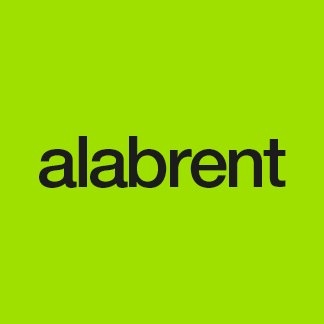Redacción Alabrent
The digital revolution continues to make waves in every industry and the paper business is no exception. Thanks to digitalisation, Stora Enso has been able to offer a relatively new service – Softproofing – to streamline the printing process in a way that saves both time and money.Introducing soft proofing
As most in the printing industry will attest, the process of getting the right look onto the printed page is not always straightforward what you see on the computer screen is not always what you get to print. The colours may be off, perhaps a model’s skin tone appearing too yellow. Yet it’s not the paper quality at fault here; knowing how to optimise digital files for use with a particular paper selection is key to ensuring the print matches the desired outcome, especially if the chosen paper quality does not fit into any standard profiles.
While today publishers, retailers and advertising agencies try to control colour reproduction in advance by providing hard proofs for approval, they hardly match the visual properties of the substrate chosen for print. Additionally, hard proofs need to be sent via physical post, which slows down the process between having the data files ready and the start of the print process.
Soft proofing aims to resolve that by employing unique software specially calibrated to show in real time what a print job will look like before it hits the presses. During the soft proofing process, users can simulate different materials, selecting different paper types to show what results each paper would produce and allowing them to adjust the pre-press files accordingly. That might mean lowering the amount of yellow in one file to preserve the model’s skin tone if the paper already has yellow undertones.
Better catalogues
Using soft proofing can benefit everyone along the printing chain. Publishers have a tool to show advertisers that their print ads will look exactly the same as they do on screen and get the green light during the soft proofing phase. Retailers can produce better catalogues via a previewing process that allows them to adjust the colouring on each of numerous images during layout to achieve consistent colour tonality, without variations between images. For example, the Scandinavian home goods store Biltema can produce a better quality catalogue by optimising each of the 20,000 unique product images to best fit the paper quality. “Soft proofing helps me to control all quality aspects from the original 19,000 images to the final 12 million catalogues per year,” says Stefan Jonsson, Manager of Graphics Department at Biltema.
A time- and cost-efficient resource
By relying on the standardised screen and eliminating the hard proof cycle that often includes testing colours on paper and costly postal charges, users can easily see a cost savings of 30 percent, according to Martin Gercke, Vice President of Technical Service at Stora Enso.
“This is really useful for printers because they get data adapted to the paper and their print process. It’s much quicker to check and they won’t waste as much paper and time by getting into Stora Enso’s unique Softproofing tool not only incorporates the software, but it also takes into account environmental factors which might affect the evaluation. Housed in a standardised environment similar to an old-fashioned telephone booth – with defined light resources and a defined screen – Softproofing by Stora Enso is a readymade solution that allows users to check their pre-press data right on site. Printers can check print quality directly using standardised and calibrated XXL screens next to the printing machine. That’s a win-win for both printer and publisher.
“When the processes are optimised, you get the best print results quickly, and make less waste,” says Gercke. “You save a lot of time, effort, manpower, energy and materials. It is a great step in the direction of sustainability.”



